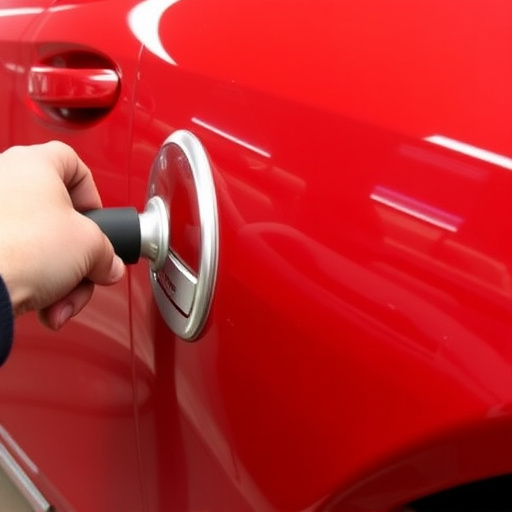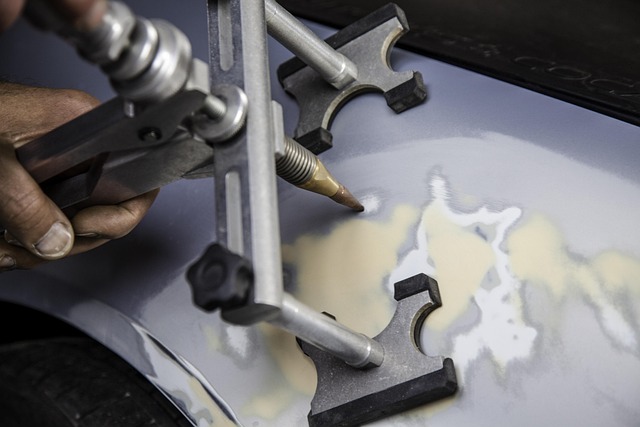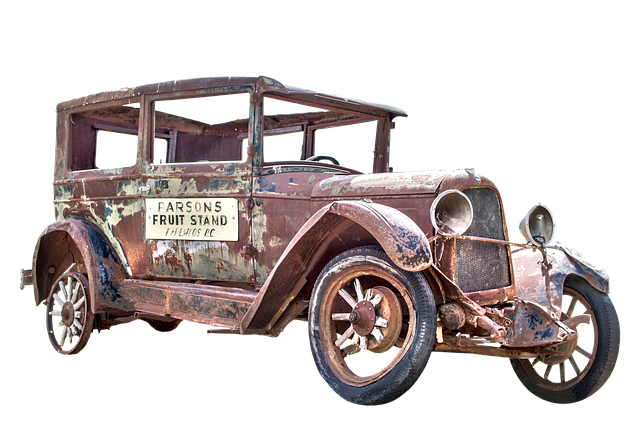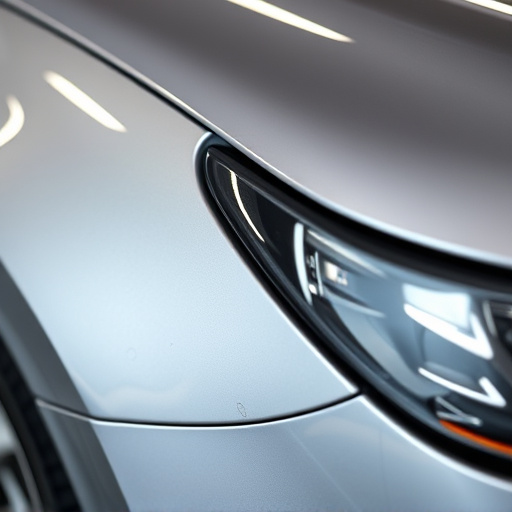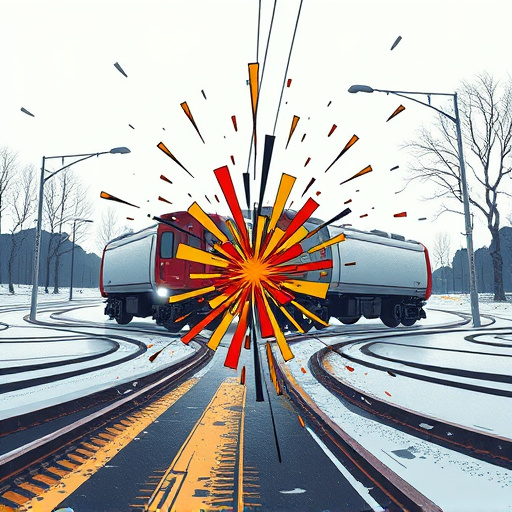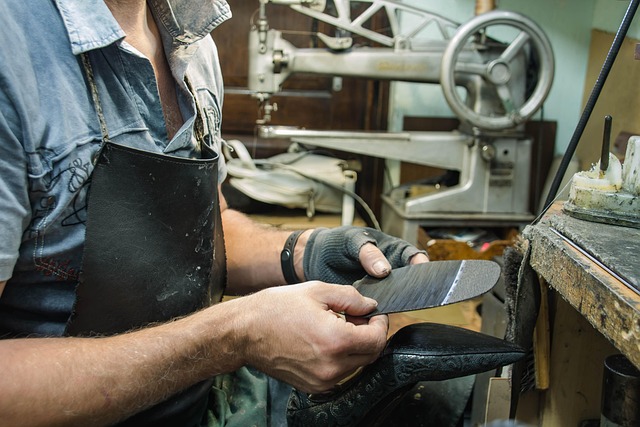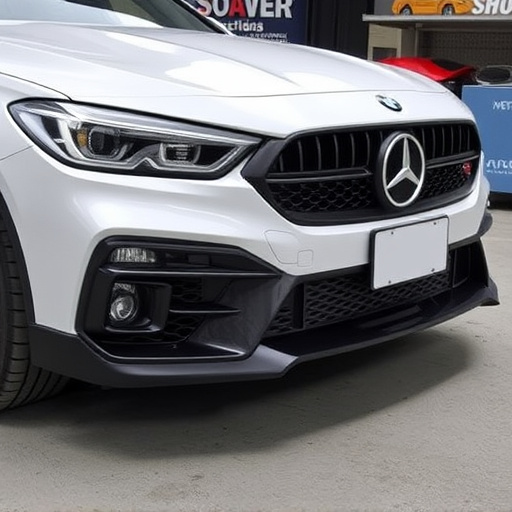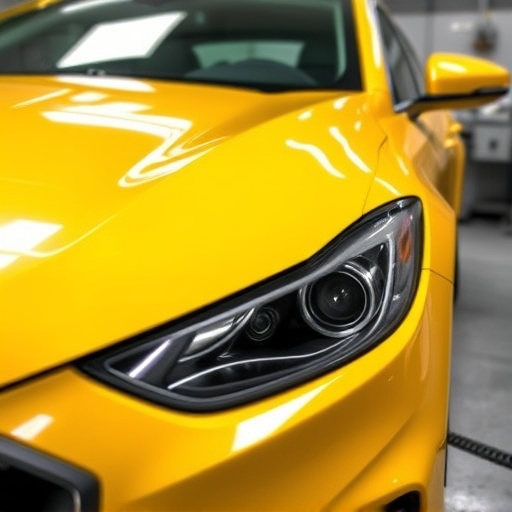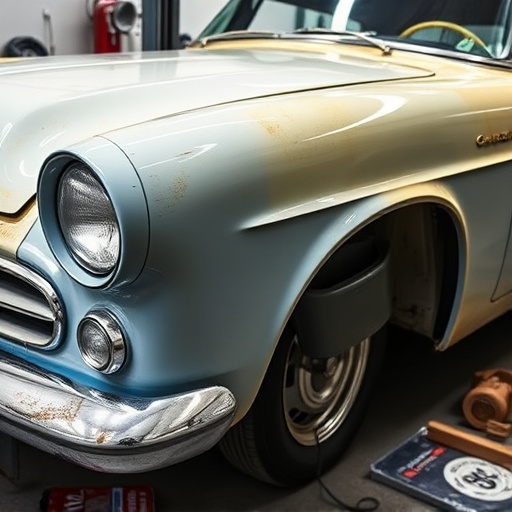Tempered and laminated glass play distinct roles in automotive safety. Tempered glass, strengthened by rapid heating and cooling, is five times stronger and cracks without shattering, making it ideal for architectural uses. Laminated glass, with its multiple layers including polyvinyl butyral (PVB), offers superior impact resistance, keeping fragments intact, and is commonly used in automotive windshields. Tempered glass installation requires precise alignment and secure fastening, while laminated glass repair involves careful layering and lamination, like in Mercedes Benz dent repairs. Both types ensure structural integrity, safer dent removal, and aesthetic appeal during bodywork repairs.
“Unveiling the Unique Aspects of Tempered Glass Installation: A Comprehensive Guide
When it comes to enhancing safety and aesthetics in construction and design, tempered and laminated glass stand out as popular choices. Yet, their installation processes differ significantly. This article delves into the world of tempered glass installation, exploring its distinctive methods, tools, and considerations. We then contrast it with laminated glass installation, highlighting the latter’s simplified approach, cost-effectiveness, and versatility. Get ready to discover why tempered glass demands a unique installation process and how laminated glass streamlines the art of glass fitting.”
- Tempered Glass vs Laminated Glass: Understanding the Key Differences
- – Explain what tempered and laminated glass are and their basic properties.
- Installation Process: A Deeper Look at Tempered Glass
Tempered Glass vs Laminated Glass: Understanding the Key Differences

Tempered glass and laminated glass serve distinct purposes when it comes to vehicle safety and repair, particularly in cases involving car bodywork and collision repair. The fundamental difference lies in their structural composition and response to impact. Tempered glass installation is a specialized process that involves heating and quickly cooling glass to create a strong, flexible material. This treatment enhances the glass’s strength, making it up to five times more resistant to shattering than normal glass. When damaged, tempered glass cracks but does not shatter into sharp pieces, reducing the risk of injury during a car accident or collision repair process.
In contrast, laminated glass is composed of multiple layers, typically two sheets of transparent glass bonded together with a polyvinyl butyral (PVB) layer in between. This design offers superior impact resistance and helps to absorb and distribute energy during a crash. Unlike tempered glass, when damaged, laminated glass cracks and remains intact, preventing the spread of shattering across the vehicle’s interior. This property is especially crucial for car bodywork repairs, as it maintains structural integrity and ensures safer outcomes in dent removal processes without compromising visibility or the overall aesthetic appeal of the vehicle.
– Explain what tempered and laminated glass are and their basic properties.

Tempered glass and laminated glass are two distinct types of safety glass, each with unique properties and applications. Tempered glass is created by heating and then rapidly cooling a piece of glass to strengthen it. This process makes tempered glass up to five times stronger than standard glass and allows it to shatter into small, relatively harmless pieces when broken, reducing the risk of injury. It’s commonly used in architectural applications, windows, and even in some consumer electronics.
Laminated glass, on the other hand, consists of two or more layers of glass bonded together with a transparent polymer interlayer. This construction provides excellent impact resistance and keeps the glass fragments intact when broken, making it ideal for automotive windshields and other high-traffic areas. While laminated glass offers superior safety features, its structural integrity is generally inferior to tempered glass, especially in extreme conditions or during complex installations like those required in a collision repair center or auto body shop. Tempered glass installation, therefore, has specific considerations that ensure the glass maintains its enhanced strength and performance throughout its operational life.
Installation Process: A Deeper Look at Tempered Glass
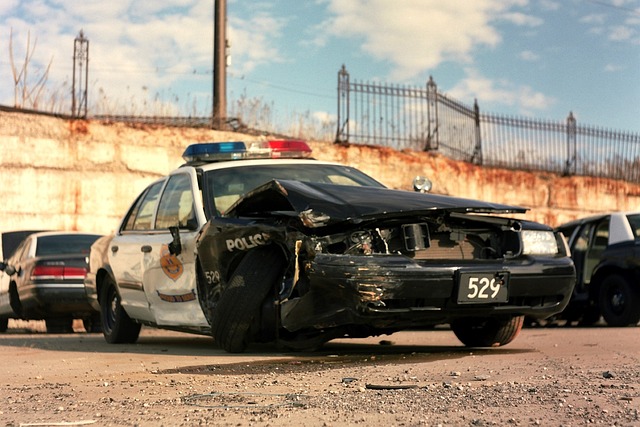
The installation process for tempered glass differs significantly from laminated glass, starting with the material’s inherent properties. Tempered glass undergoes a meticulous heating and rapid cooling process, making it far more robust and resistant to shattering than its laminated counterpart. This enhanced durability translates into specialized handling requirements during installation, ensuring precise alignment and secure fastening.
In contrast, laminated glass is composed of multiple layers, including a polyvinyl butyral (PVB) interlayer that bonds the glass together when broken, creating a safer, less sharp fragment pattern. The auto dent repair or Mercedes Benz repair process for laminated glass involves careful layering and lamination, whereas tempered glass installation focuses on securing the pre-treated, stronger glass panels in place with meticulous care to maintain its structural integrity.
When considering tempered glass installation versus laminated glass, understanding the distinct installation processes is key. Tempered glass, known for its strength and ability to break into small, non-sharpe pieces, involves a precise heating and cooling process that makes it ideal for high-traffic areas and safety-critical applications. In contrast, laminated glass, composed of multiple layers, offers superior soundproofing and insulation but requires specific handling during installation to maintain its integrity. Choosing the right type of glass and ensuring professional tempered glass installation is essential for achieving optimal performance, safety, and aesthetic appeal in any project.

